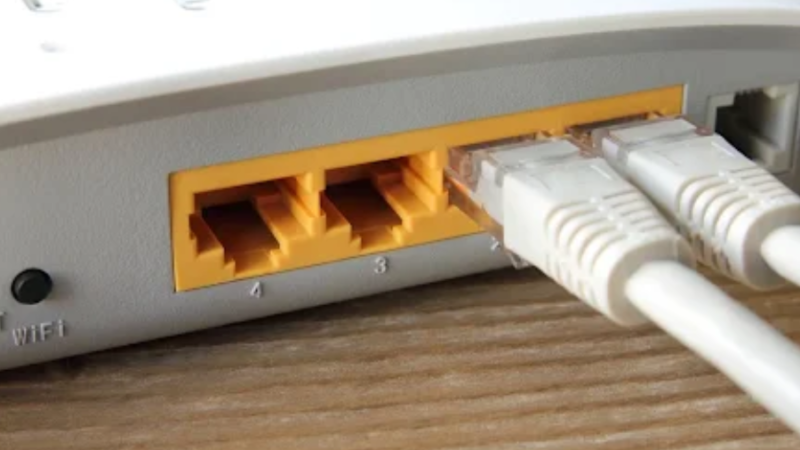The legacy castle-and-moat approach to enterprise security is no longer effective in today’s highly dynamic IT environments. As workforces become more mobile and distributed and networks transition to the cloud, traditional network perimeters have dissolved. This requires fundamentally rethinking how we secure access in the enterprise.
Adopting a zero trust mindset is critical for securing modern cloud and mobility-driven networks. Zero trust shifts the paradigm from implicit trust based on network location to explicit conditional access control based on user and device identity and context. The experts at Hillstone Networks explain that technologies like zero trust network access (ZTNA) help realize zero trust objectives by providing granular, identity-based access at the application level.
The Changing IT Landscape
Several factors have combined to make conventional perimeter-centric network security approaches ineffective:
- Workforces are becoming increasingly mobile and distributed, with remote workers using personal devices to access apps.
- Enterprise networks are transitioning from on-premises data centers to cloud-hosted applications and infrastructure. Traffic flows are no longer just north-south.
- Network perimeters have dissolved with work-from-anywhere and bring-your-own-device (BYOD) policies. Users and devices lie outside protections.
- There is much greater access exposure and a broader attack surface to secure across this expanded environment.
Limitations of Legacy Security Models
Traditional network security relies on strong perimeters – VPNs, firewalls, gateways – to protect trusted internal networks from untrusted external threats. However, this model has key flaws:
- It assumes adequate protection if users and devices are inside the network perimeter. But compromised insiders and BYOD can allow access to threats.
- VPNs grant excessive network-level access once users are authenticated, allowing uncontrolled lateral movement.
- Allowlisting by IPs, ports and protocols is ineffective in cloud environments where assets are constantly shifting.
- There is limited visibility and control over east-west traffic between workloads inside the network perimeter.
- Once perimeter defenses are breached, attackers have broad access to pivot and laterally compromise systems.
Embracing a Zero Trust Mindset
Zero trust completely changes the traditional approach by assuming no implicit trust based on network location. Instead, strict context-aware access controls are continuously validated before granting least privileged access. Key principles include:
- Verify user and device identity explicitly before granting any access.
- Adopt a least privilege strategy and segment access to minimum required resources.
- Inspect all traffic flows – not just at network edges – and embed security throughout the environment.
- Assume breach and limit blast radius by minimizing lateral movement.
- Secure from the inside-out by consolidating and microsegmenting access.
Realizing Zero Trust with ZTNA
Zero trust network access solutions realize zero trust principles by making user and device identity – rather than IP address – the secure access control layer. Core capabilities include:
- Granular application-specific, not sweeping network-level, access policies based on identity and context.
- Software-defined microsegmentation to isolate access and minimize lateral movement.
- Continuously revalidate trust even after initial authentication to maintain least privilege access.
- Inspect east-west and lateral internal traffic flows to identify anomalies and threats.
- Dynamically define and enforce adaptive access controls based on risk profiles.
Benefits of Adopting a Zero Trust Model
Implementing zero trust network security principles powered by ZTNA delivers significant advantages:
- Strengthened security posture across cloud, mobile, and modern enterprise environments.
- Holistic visibility into all application and workload traffic flows, not just perimeter traffic.
- Added user and device behavior analytics to identify compromised entities.
- Granular access control and dynamic microsegmentation to minimize attack surface.
- Rapid isolation and containment of threats to limit blast radius.
- Frictionless and uninterrupted user experience with contextual access.
Conclusion
As enterprise networks evolve to cloud and mobility models, conventional perimeter security strategies are inadequate. Leveraging solutions like ZTNA means organizations can embrace zero trust principles to securely enable dynamic workforces, cloud adoption and digital transformation.







Recent Comments